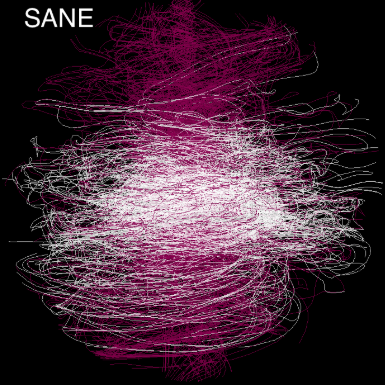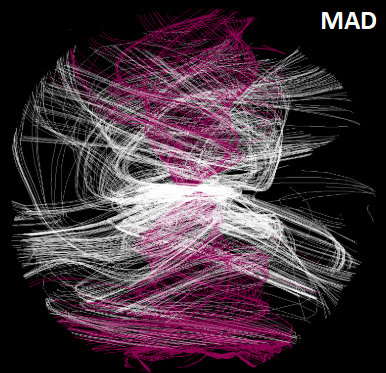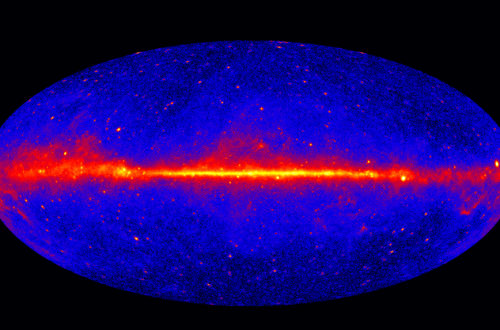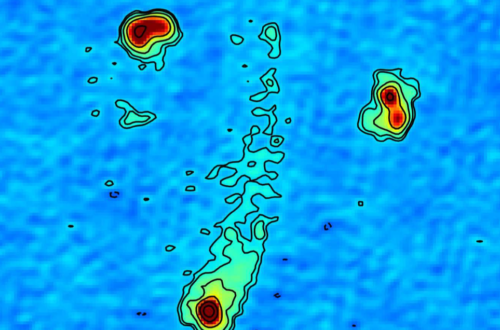Infalling on to the black hole may drive materials crazy. How on earth can they keep their sanity while all bodies undergo extreme gravity? These days, most researchers who are simulating an accreting flow around a black hole choose the condition of the accretion disc between the “SANE” and “MAD”. Now you may think that the infalling materials would be CRAZIER in the “MAD” disc than the other.
In fact, the component for dividing “SANE” and “MAD” is the strength of poloidal magnetic fields. “SANE” stands for Standard and Normal Evolution, and “MAD” stands for Magnetically Arrested Disc. Over the decades, the magnetic field structures around the central black hole have been explored by observing polarization properties (e.g., Tsunetoe et al. 2020, Jimenez-Rosales & Dexter 2018), which gave some clues of plasma properties such as the electron temperature and the upper limit of accretion rate, but the exact shape of the magnetic field is uncertain yet.


The nature of accreting flow is quite different between SANE and MAD disc. In the SANE disc, the angular momentum is known to be transported outward by turbulence in the disc mainly through the magnetorotational instability (MRI; Balbus & Hawley 1991). Whereas, in the MAD disc, the strong magnetic field disrupts the axisymmetric accretion flow, causing discrete ‘blobs’ of material to penetrate the disrupt region (Bisnovatyi-Kogan & Ruzmaikin 1974), which involves the sporadic eruption events through the field line. Figure 1. clearly shows the different streamlines of the magnetic fields for the SANE (left) and MAD (right) disc.
In general-relativistic magnetohydrodynamic (GRMHD) simulations, such disc configuration is adopted by the different form of initial magnetic field embedded in the torus. We cannot say which disc form is more plausible, but what we know is that certain disc form is favored depending on the subject. For instance, it is well studied that the excess magnetic flux near the black hole at the MAD disc can produce powerful outflows such as relativistic jets when the black hole is rapidly spinning (Tchekhovskoy et al. 2012; see the youtube video below).
Recently, our group has been working on understanding what causes the flaring events around Sagittarius A*, which have been observed in near-infrared (Do et al. 2019) and X-rays (Haggard et al. 2019). While generating such flares may need some complicated physics such as particle acceleration, it is known that the MAD disc exhibits violent episodes of flux eruptions, which can cause powerful infrared and X-ray flares (Porth et al. 2020, Dexter et al. 2020). Based on the previous numerical studies, we will study the detailed physics of such flares with the properties of the accreting plasma.




